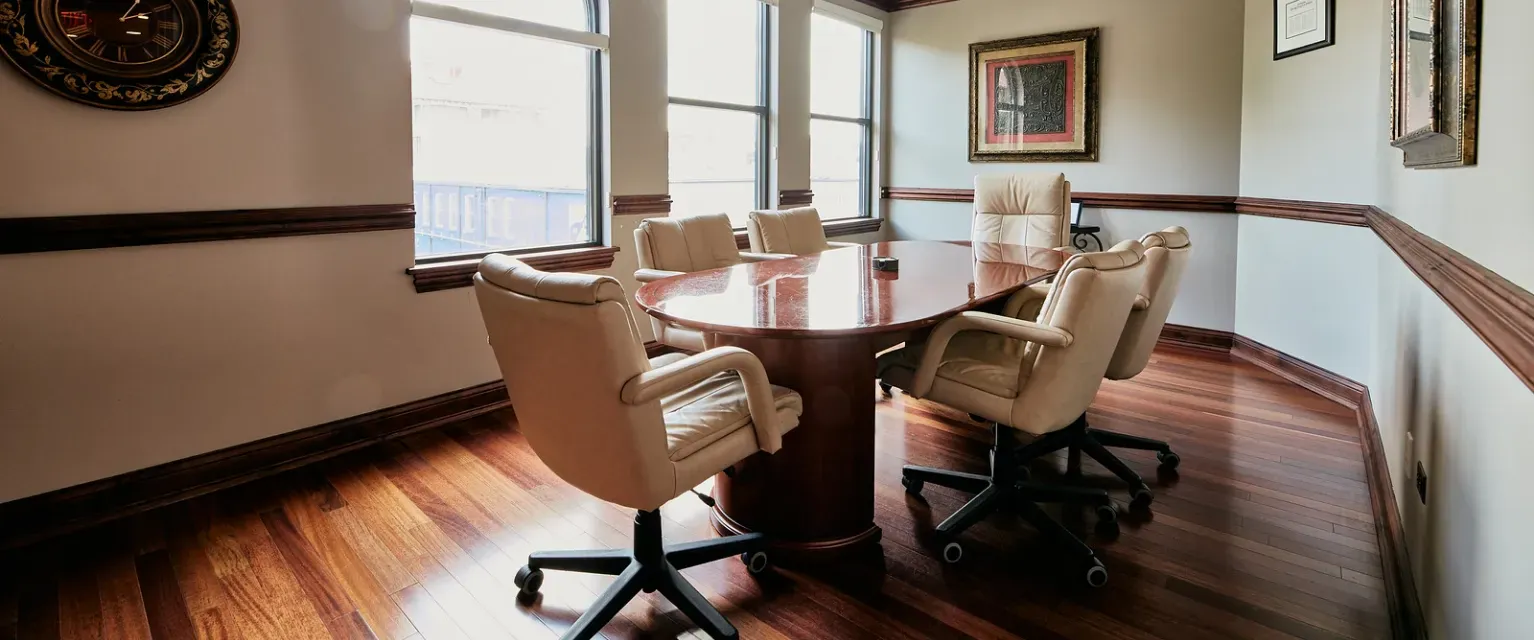Personal injury cases are based on tort law. There are three general types of torts: negligent, intentional, and strict liability. Most personal injury claims are based on the theory of negligence, so it is essential that you can establish the necessary elements of negligence to recover compensation for your damages.
There are numerous types of negligence personal injury cases, including those involving motor vehicle accidents, workplace injuries, slip and fall injuries, medical malpractice, boating accidents, pedestrian and bicycle accidents, and many more.
An experienced Chicago personal injury attorney can evaluate your claim, identify causation and liability, and gather the evidence to prove your claim.
Negligence in a Chicago Personal Injury Case
To be successful in a personal injury case based on negligence, you need to prove that four elements exist:
- The defendant owed you a duty of care. For example, in a car accident case, a defendant motorist owes you and everyone else a duty to operate their vehicle in a reasonably safe manner to avoid harming you.
- The defendant breached their duty of care. This requires proving that the defendant failed to fulfill the legal duty they owed you. In a car accident case, this could be a motorist speeding through a red light because they were late for work.
- The defendant’s breach of duty caused your accident and injuries. You need to prove that the cause of your injuries is the defendant’s action or inaction that breached their duty of care. For example, you need to prove your injuries were caused by the defendant speeding through the red light.
- You suffered damages because the defendant breached their duty. You need to prove that because the defendant breached their duty of care, you suffered economic and/or non-economic damages.
Comparative Negligence in a Chicago Personal Injury Case
If you are partially at fault for the accident that caused your injuries, you may assume that you cannot recover damages. However, Illinois follows a modified comparative negligence model. Under this rule, you may still be able to recover damages if you are fifty percent or less at fault. If you are more than fifty percent at fault, you will be barred from recovering any damages.
If you are fifty percent or less at fault, your damages will be reduced by the percentage of fault assigned to you. For example, if you are found to be 20% at fault and your damages total $100,000, you may still be able to recover $80,000 after your percentage of fault is deducted.
At Meyers & Flowers Trial Attorneys, we work diligently to avoid or minimize any fault assignment to you and to maximize your compensation.
Evidence Used to Prove Negligence
The type of evidence used to prove negligence in a Chicago personal injury claim varies depending on the facts of your case. Some types of evidence that may be used to prove negligence include photographs, video footage, police reports, eyewitness accounts, medical records, and expert testimony.
At Meyers & Flowers, our skilled personal injury attorneys carefully investigate your accident and work to uncover the evidence needed to prove negligence. When we present your claim to the insurance company or the court, we select the most substantial evidence to prove negligence and help you recover maximum compensation.
Schedule a Free Consultation to Discuss Your Chicago Personal Injury Case
The experienced, skilled personal injury lawyers at Meyers & Flowers Trial Attorneys can build your strongest case to prove negligence and help you secure the compensation you deserve.
Schedule a free consultation to discuss your case by calling (630) 576-0528 or by completing the brief form on our contact page. We look forward to meeting you, answering your questions, and explaining your rights. If we represent you, we will leave no stone unturned in helping you recover every dollar you are owed.




